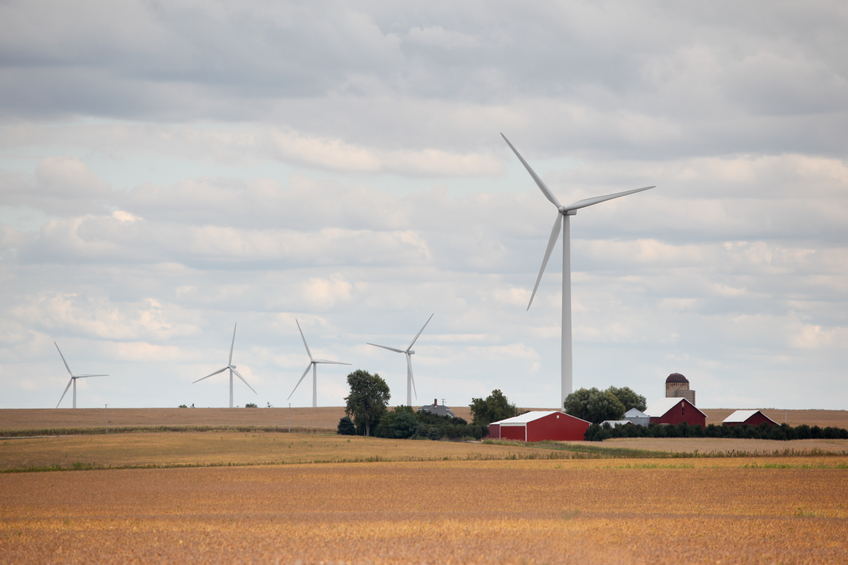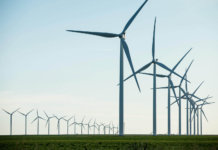A much-anticipated study of utility scale wind projects ordered by the U.S. Congress is entering the final phase of deliberations before a draft version is written by its committee later this summer.
The ‘Environmental Impacts of Wind Energy Projects’ was convened last year by the National Research Council (NRC), of which the National Academy of Science (NAS) is the charter organization.
‘The study will consider adverse and beneficial effects, including impacts on landscapes, viewsheds, wildlife, habitats, water resources, air pollution, greenhouse gases, materials-acquisition costs and other impacts,’ the NAS says in its original charge.
The study was ordered by a congressional mandate last year, when it was added to a budget bill in the spring of 2005, promoted by West Virginia Representative Alan B. Mollohan.
The remaining panel of 16 experts will convene in a closed meeting later this month, after conducting public forums and accepting comments from stakeholders since last September. The session will be the fifth and final meeting of the panel.
The information-gathering period of the study is theoretically open for the rest of the summer, but the committee would have to receive genuinely significant new evidence – currently unexpected or unlikely – for it to have a significant impact on the work that will have been done up to that point, according to NAS staff.
The committee was originally formed in the spring of 2005 and was given 20 months to complete its work. It has held hearings in Washington, D.C., and West Virginia. Tours of wind farms were conducted in California and West Virginia. Testimony was given by wind advocates and opponents during the process.
Final meeting
The July meeting, to be held in Woods Hole, Mass., may be closed, but the committee is still accepting information from interested parties for a few weeks, according to David Policansky, the responsible staff officer for the NAS who is coordinating the process. Windlogics
The group is entering the final phase of its work, and the committee is mandated to have its report done by the end of the year. The remaining work of the panel essentially is writing a draft document, a peer review and incorporating comments into a final draft. A public document is expected to be released within six months.
The committee is supposed to wrap up this phase of its work by September 5, followed by peer-review by a panel of two referees that has yet to be named. Those comments are to be received by November, with a final document to be written after that.
Independent review
The referees are people who have not yet been involved in this process.
‘We will find people from institutions that don't have a conflict,’ Policansky says. Generally, one is chosen from the NAS and another comes from outside the organization.
Policansky says it is not uncommon for the national academies to be asked to study questions about industries that do not have decades of history or extensive networks of academics.
‘Wind may be an area where there are not [relatively] a lot of experts to draw from, but it is not unusual for the NRC to be asked to put together a larger pool of the best experts in the industry,’ he says.
The panel that has been working since last year is composed of academics from various disciplines from throughout the U.S., an environmental attorney, a Danish wind energy expert and a landscape architect.
That original panel has lost two members since its creation. One person who was unable to devote enough time to the effort for professional reasons was excused. A wind advocate from a nonprofit corporation who subsequently accepted a job with a wind developer left the panel because of the apparent conflict of interest that it posed.
The NAS dates to 1863, created by Congress during the Civil War, to provide advice to the government on matters concerning science and technology. In 1916, the NRC was created as the operating arm.
Policansky says the document will be released as soon as practicable on the NAS Web site, with only modest edits left to be made before the final version is published in early 2007.



